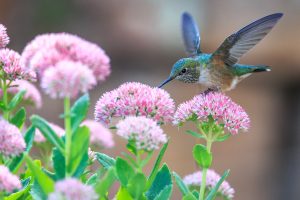Something happened at my barn last summer that I have been desperately trying to be philosophical about. It’s what I do. I always try to find the meaning in an event.
I’m always asking myself, what can I learn from this?
This is hard for me to write about. But, here goes. (If you are squeamish you may not want to read this post)
Last July on a bright sunny summer’s day I walked into my barn to feed my horses.
I opened my mare Asherah’s stall door and slid in her shallow dish of food. She snickered and greeted me with her lovely horse sounds.
When I returned to give her some hay I was SHOCKED to find a very large rat sitting in her food dish eating her breakfast alongside her!
I don’t know if I can express how upset I was. I screamed, slammed her door shut and ran out of the barn.
I think I did some dance in the barnyard like jumping up and down and wailing with clenched fists.
I felt revulsion towards the rat but I also felt betrayed by my horse, as crazy as that might sound. How could she share her breakfast with a rat? Plus, she looked so serene with the rat’s company. Obviously, the horse had been two-timing me with this very well fed rat for some time.
And what about my cats? I can’t describe the depth of my disappointment towards my two barn cats.
Really, cats? What do I feed you for?
(In their defense this was a very large rat – about two-thirds the size of my cats – so I really couldn’t blame them for not going after it.)
Why did I have such a strong reaction to this rat?
I’ve had plenty of mice and voles in my barn. I have even had a rabid raccoon. We have lots of wildlife on the farm- why did this rat put me over the edge?
Why did I have such a primal reaction to this rodent?
When I posed this question to my friend Cathy she laughed and said that she had just had a similar discussion with a mutual friend who saw a mouse in her house and she jumped up on her counter and squealed EEK!
I did some online research into rat symbolism and I learned that most cultures see the rat as a symbol portending good fortune. The Chinese zodiac calendar starts off with the rat, which guarantees good fortune in business. The native American shamanic traditions look on the rat as security and survival. As an animal spirit guide or totem, the rat represents foresight and cunning.
For me? The rat represented a huge problem and all I could think about was that old saying: “You never have a mouse. You always have mice!” I didn’t have a rat: I had rats – plural. This thought brought about only more panic and revulsion.
But I had to go back in the barn and finish feeding the other ponies.
The rat had scampered away for now. It must have jumped down the rat hole.
So I made a lot of noise and very reluctantly went back into the barn and finished my chores.
I filled up the water buckets and hauled them down to the paddocks. I pulled the leaves of hay apart and carried them down as well. I put halters on the horses and lead them down to their grassy fields. All the while I was asking myself why my reaction was so strong?
Remember, I am always searching for the lesson
I came to think that my rat represented that situation, thing or person that you absolutely cannot abide.
The stone in your shoe if you will.
For me, the rat represented Chaos. Any barn owner knows that you cannot tolerate rats because they will multiply, take over your barn, and eventually spread disease.
Left unchecked, rats will overtake you and I knew that at a very deep and primal level.
So the rat had to go.
But how?
My daughter Eliza was home for the weekend and she came over. She had been a wrangler on a ranch in Wyoming for a while and was not fazed by rats. When she went into Asherah’s stall not only was the big rat there but also all of her five babies! Momma Rat was teaching her babies how to enjoy horse food.
Like I said: they will overwhelm you if they get the chance.
We left the barn for a bit so we could plot our next move.
When we returned with rat poison, we couldn’t believe our eyes.
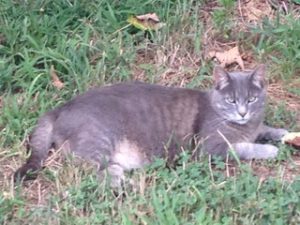
Sitting in the middle of the barnyard between two very smug cats was Momma Rat. A dead momma rat.
It was a nasty deed but it had to be done.
I have never seen two prouder cats in my life. I was proud of them.
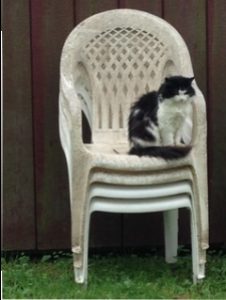
When I thought back over the week I realized that the two cats had spent a lot of time crouched in Asherah’s stall. In hindsight, I realized they were probably stalking the rat.
We all have rats in our lives…the things that you shouldn’t bear. The person who is toxic who you must no longer tolerate. The habit that is not constructive. Maybe it’s a soul-crushing job? Maybe it’s that closet in a bedroom jam packed with stuff. Perhaps it is being a couch potato and not going for a daily walk?
What is your rat? We all have them.
It’s amazing how the toxic energy still lingers. 7 months later I still walk in the barn with my eye out for a rat. Luckily it has only been me and my cats and ponies.
How You Move Matters! You can learn how to move better with my Amazon bestselling book Agility at Any Age: Discover the Secret to Balance, Mobility, and Confidence. My book is illustrated with 40 videos that you access with your iPad or smartphone!
You can purchase it here.
Teaching people how to move well is my passion. Sign up for posts that teach you how to be more comfortable in your body! Click here to sign up or use the form to the right of this post!
My name is Mary Derbyshire. I am a fitness and movement coach. My methodology is the Alexander Technique,  a mindfulness practice that teaches you how to move better. When you move better you feel better and when you feel better your whole life improves! Let me know what you think or ask a question! I love to hear from my readers! Feel free to post in the comments section below and feel free to share this with your friends!
a mindfulness practice that teaches you how to move better. When you move better you feel better and when you feel better your whole life improves! Let me know what you think or ask a question! I love to hear from my readers! Feel free to post in the comments section below and feel free to share this with your friends!


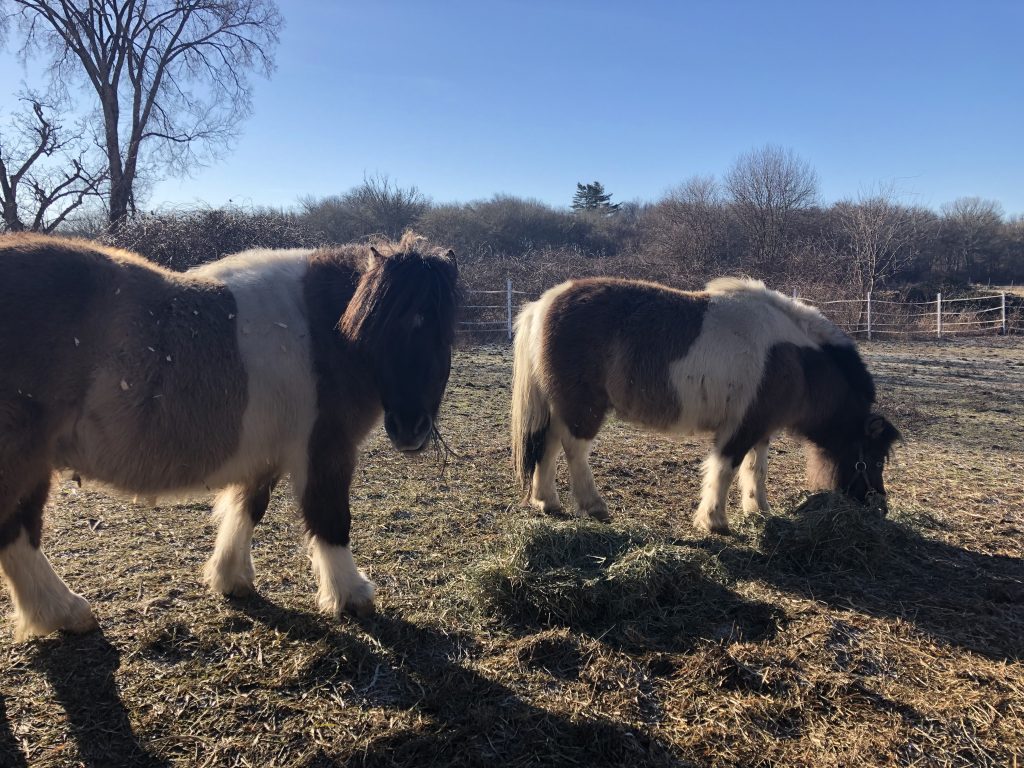
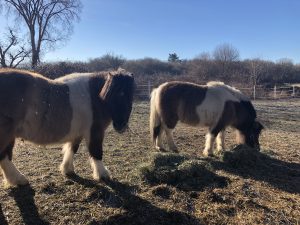




 My name is Mary Derbyshire. I am a fitness and movement coach. My methodology is the Alexander Technique, a mindfulness practice that teaches you how to move better. When you move better you feel better and when you feel better your whole life improves! Let me know what you think or ask a question! I love to hear from my readers! Feel free to post in the comments section below and feel free to share this with your friends!
My name is Mary Derbyshire. I am a fitness and movement coach. My methodology is the Alexander Technique, a mindfulness practice that teaches you how to move better. When you move better you feel better and when you feel better your whole life improves! Let me know what you think or ask a question! I love to hear from my readers! Feel free to post in the comments section below and feel free to share this with your friends!